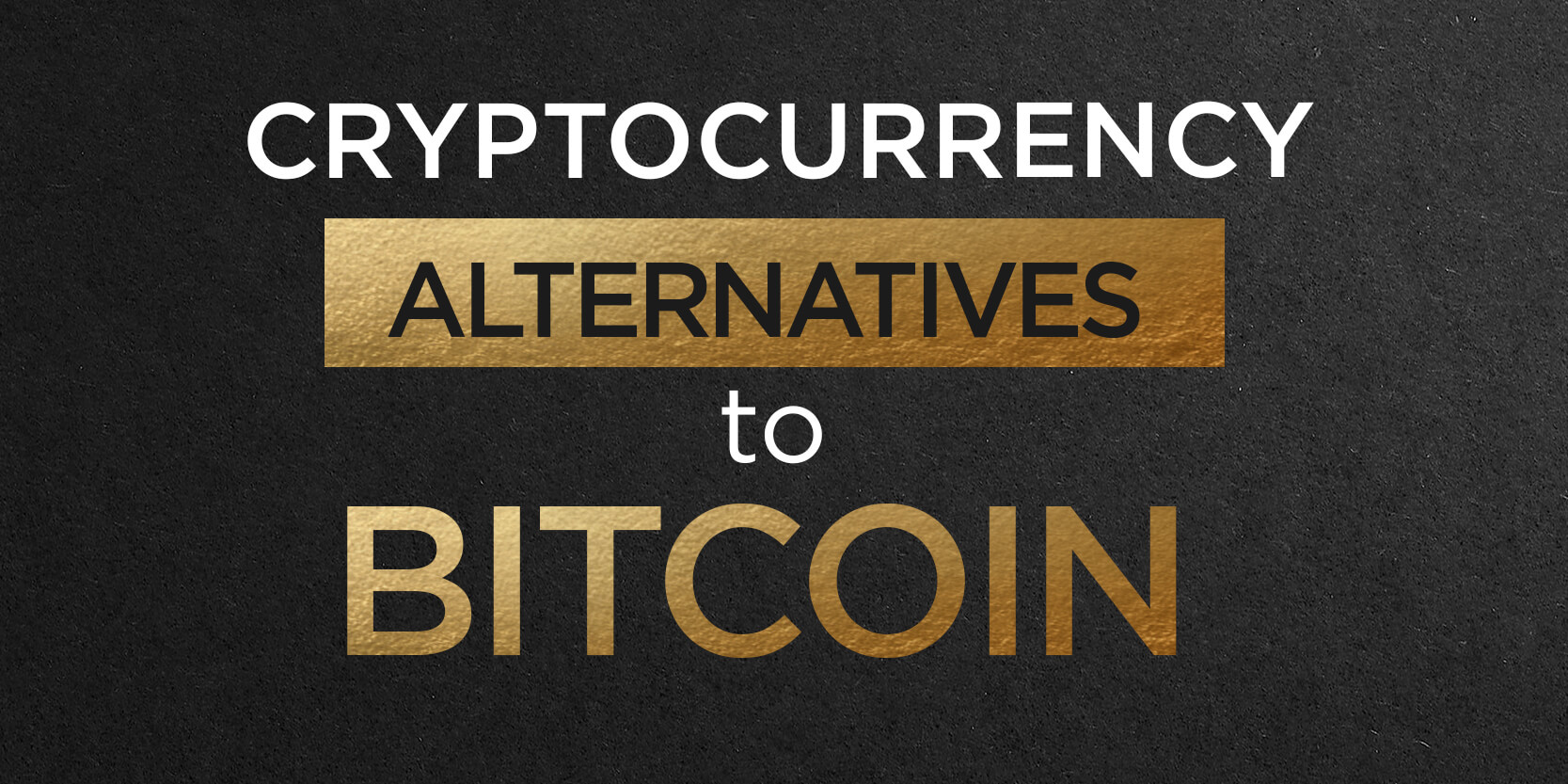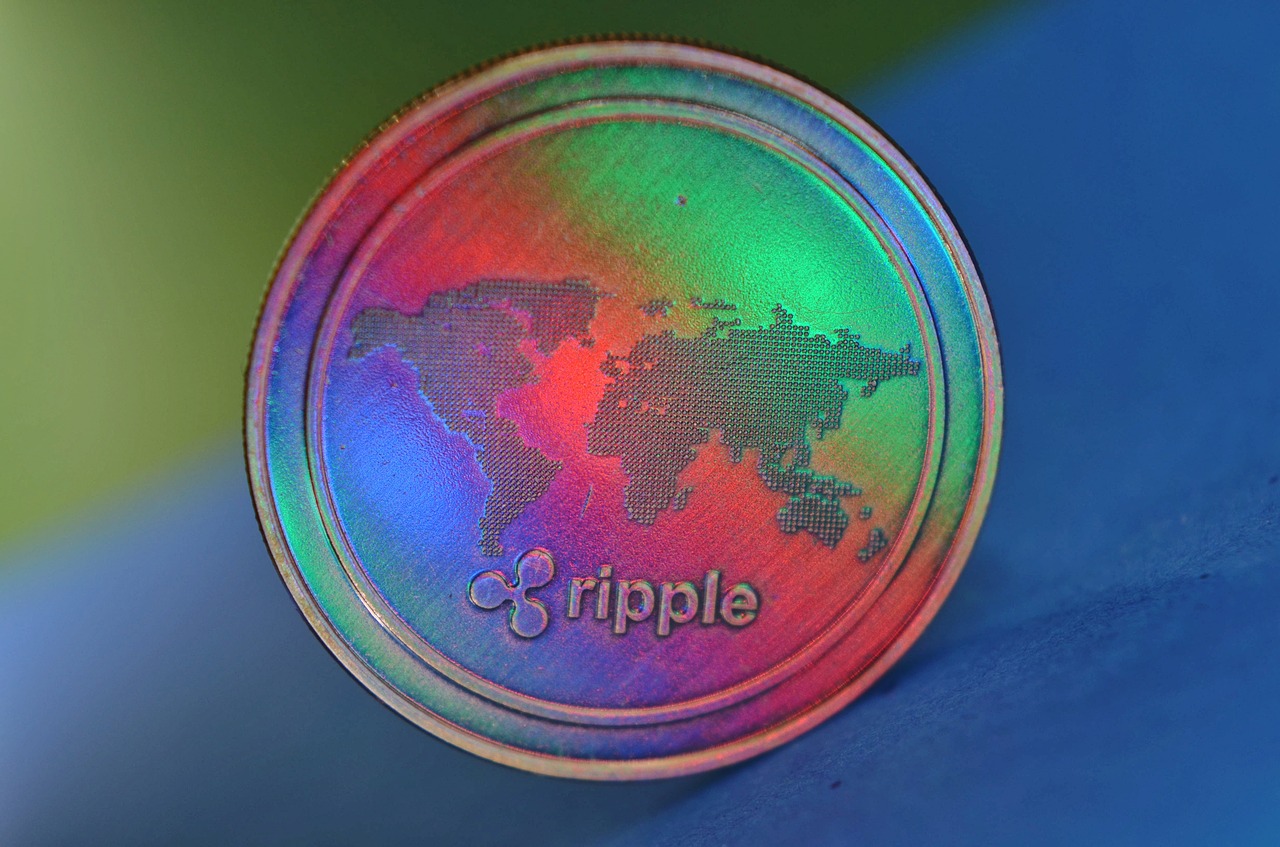
Cryptocurrency Alternatives to Bitcoin
The cryptocurrency market’s eyes are locked onto Bitcoin value, which has been breaching new heights since Q4 of 2020 with over-$60,000 all-time highs. Despite the coin’s history of plummeting after a massive spike in value, investors are riding on this new wave of excitement with more eagerness than its last big break in 2017. More big names, including Elon Musk and PayPal, are pledging their loyalty to Bitcoin, constantly putting BTC at the center of the media’s attention.
But in the shadows, altcoins have also quietly ascended with massive wins. Ethereum grew by over 900%––from $172 to over $2,000––in the past year, while the likes of Polkadot and Theta saw even bigger spikes, with 1,300% and 14,900% surge in value, respectively. Here, we’ll introduce some of the biggest altcoins trailing behind Bitcoin’s success––and to watch out for over the next year.
Alternatives to Bitcoin
Beyond Bitcoin, the cryptocurrency market is dense with altcoins––short for alternative coins, or stablecoins like People's Reserve. An altcoin is an alternative to Bitcoin: a cryptocurrency created after BTC but follows a similar model of being a blockchain-powered store of value. Any altcoin can become the next Bitcoin––it all boils down to market interest and the blockchain’s long-term relevance. There’s huge investment potential in altcoins, so they’re worth looking into if you’re trying to understand the cryptocurrency market from a broader perspective.
Ethereum (ETH)
Ethereum is arguably the best Bitcoin alternative in terms of market cap, falling only one spot below the coveted BTC. Its native currency, Ether (ETH), has a huge chance of surging in value due to its relevance in the network’s robust blockchain, which allows programmers to create decentralized applications (dApps) through smart contracts.
ETH powers the creation and maintenance of these dApps, which means that as long as people continue to use the Ethereum network, ETH will continue to hold value. Moreover, while there’s no maximum Ether supply, only 18 million can be minted each year, so there’s still a sense of scarcity––albeit not as urgent as BTC.
ETH has historically remained on the low end of the graphs despite always retaining its position as #2 by market cap. Its first big break occurred in 2017 when BTC drove the market upward. Ether was able to reach a $1,300 high before falling to as low as $89 by the end of 2018. ETH never recovered from the massive loss, staying under $400 until the end of 2020, when another Bitcoin-led bull run caused prices to surge to the $700 mark by the end of the year. In April of 2021, ETH now trades at $2,160 with a market cap of over 249 billion.
The Bitcoin-led bull run wasn’t the only catalyst for ETH’s growth over the past few months. In October of 2020, Ethereum set the initial flares for its long-awaited migration to Ethereum 2.0––a years-long upgrade that would solve its scalability and transaction speed issue. This update is fueling interest in Ethereum, making it one to watch, regardless of whether you’re interested in investing or merely watching the digital currency movement.
Ripple (XRP)
Ripple (XRP) is what you can describe as a more scalable BTC, making it one of the biggest Bitcoin competitors that directly competes in the same niche. It’s purely an end-to-end transaction system that aims to bring digital payments to the entire world.
While Bitcoin suffers from a slow transaction speed (it’s only capable of processing 4.6 transactions per second with an approval time of 10 minutes), Ripple doesn’t, with an over-1,500 TPS capacity and an approval time of only 3-5 seconds. 100 billion XRP have been pre-minted and gradually released by Ripple Labs, the company behind the coin. Currently, there are over 38 billion XRP in circulation.
But here’s the big catch about Ripple: it hasn’t been able to regain its highest peak, which occurred during the massive bull run at the end of 2017. XRP’s all-time high of $3.4 happened in January of 2018, around the time it was released. The hype for the new coin intersected with the Bitcoin bear market, causing prices to inflate quickly. And just as quickly as it rose, XRP fell to about $0.3 by the end of the year.
It has since recovered to $1.39 (as of April 2021), thanks to a newfound interest in the cryptocurrency market. However, it’s yet to come close to its prior heights. It’s currently gaining traction, with headlines about its victory over an SEC lawsuit, and is still the #4 coin by market cap at 62 billion. Many are banking on Ripple to deliver results in the long term.

Bitcoin Cash (BCH)
Bitcoin Cash (BCH) is a hard fork derived from the Bitcoin blockchain. It was one with Bitcoin until part of the community decided that they would like to change some of the foundations of the blockchain protocol––the rules behind the operations. That caused a split in the network––or a hard fork––which resulted in two separate blockchains, Bitcoin and Bitcoin Cash.
While BCH is the lesser-known of the two, it’s still doing outstandingly well in terms of market capitalization. At 12 billion, it ranks #12 on the charts, surpassing the likes of VeChain and EOS. Because BCH was a hard fork from Bitcoin, everyone who owned BTC before the split essentially owned the same number of BCH. The maximum supply and mining process also didn’t change: there’s a supply cap of 21 million BCH mined through the Proof-of-Work algorithm.
The main difference between Bitcoin and Bitcoin Cash is scalability. While Bitcoin can only support a maximum block size of 1 MB (hence the small transaction capacity), Bitcoin Cash’s chain can hold 32 MB per block, allowing the network to process 24,000 transactions per second.
Despite this feat, BCH hasn’t regained its all-time high of $4,355 from December of 2017. Like many other altcoins, the bubble that occurred between 2017 and 2018 resulted in heavy losses, putting BCH under $1,000 even after the market’s recovery at the start of 2021. Now, it’s trading in the $670 range. In terms of which is better, investors are divided. Choosing between BTC and BCH all boils down to preferences.
Litecoin (LTC)
Litecoin (LTC) crypto is an alternative to Bitcoin primarily because both offer a very similar value proposition. They’re both digital peer-to-peer transaction systems that allow anyone in any corner of the world to send or receive funds. They both have a supply cap to control inflation: 21 million for BTC and 84 million for LTC. They’re also both minable assets through the Proof-of-Work algorithm.
What really sets Litecoin apart is its technology, which is engineered to be four times faster than Bitcoin’s. The SCRYPT Proof-of-Work algorithm is a modified version of the traditional one, allowing you to mine both LTC and BTC simultaneously. It’s a less GPU-intensive process, which means that Litecoin is a lot easier to mine compared to Bitcoin. It’s a CPU-friendly method and more digestible for new miners.
When it comes to performance, Litecoin doesn’t falter. At 9th place by market cap, it’s among the frontrunners for the best Bitcoin alternative on the market. However, price-wise, it hasn’t recovered from the legendary bubble in 2017, when it fell from a $360 all-time high to under $25 in a year.
LTC sees brighter days today, with a current trading value of $245. Economists are optimistic about this coin. While it isn’t the most promising option on the market, it still has the potential to become the next big thing overnight. All it needs is a little push from the developers and interest among bigwigs.

EOS
EOS.IO is the blockchain behind EOS, a token that has been garnering attention over the past few months. EOS cryptocurrency is comparable to Ethereum: a blockchain that empowers developers to embrace dApps, contributing to developing decentralized finance and more. However, they differ in scalability.
While Ethereum is trying to fix its unsustainable past with the 2.0 upgrade, EOS has been able to process up to 4,000 transactions per second from the get-go. Its goal is to eliminate transaction fees, with almost negligible extra costs today––a contrast to Ethereum’s expensive processing fees. At #22 in the ranks for the best coin by market cap, EOS isn’t doing too bad, putting it in the running for the best Bitcoin alternative.
A blockchain that sounds more promising than Ethereum would have already surpassed the latter. But EOS remains behind due to massive debate about its decentralization. This problem stems from the network’s controversial mining process, called the Delegated Proof-of-Stake (DPoS), which requires the community to stake tokens to vote for 21 block producers in charge of managing transactions.
While this method enables the blockchain to process more transactions, its exclusivity––in contrast to Bitcoin and Ethereum’s millions of miners––doesn’t sit well with fans of traditional networks. EOS’s value has fluctuated over the past few months, but it’s now trading at around $6.42. It’s one to watch if you can look past the DPoS model. If not, then others on the list may resonate better with you.
Cardano (ADA)
Cardano is a major player to watch out for, as it’s been garnering plenty of attention over the past year. The blockchain is yet another contender that works along the lines of Ethereum, offering a smart contract-based platform for developers to create dApps. Its most recent update, the Ouroboros Hydra, has powered up the system with the capacity to process over one million transactions per second.
ADA barely brushed the $1 mark when it suffered from the 2017 bubble, causing prices to dip from $0.99 to as low as $0.02 in 2018. For years, the coin remained between $0.04 to $0.1 before experiencing a major spike in March of 2021, forcing ADA to finally break past the $1 mark again. Unlike most altcoins on the market, Cardano overcame its 2017 all-time high and reached an even greater height of $1.4 in March of 2021. ADA boasts a YTD gain of over 600%, sitting at 6th place by market cap.
Cardano has a maximum supply of 45 million, and it’s possible to “earn” ADA through a process called staking. It’s an inclusive and pressure-free system that guarantees a return––so everyone is encouraged to participate. This coin is currently one of the biggest contenders for the best Bitcoin alternative.
The People’s Reserve (TPR)
Stablecoins are a breed of altcoins that are exempt from the extreme volatility of the cryptocurrency market. Their stability is derived from being pegged to an external asset, such as gold or the US dollar, which means that they’re unlikely to experience the massive spikes and dips that define the risks in Bitcoin investments. With time, these coins have continued to explore the limits of stability with more innovative ways of empowering the new economy. The People’s Reserve is one derivative of this cause, with its value pegged to the last highest price of gold.
While stablecoins are usually safety nets against volatility, the likes of TPR have massive investment potential––and their growth is one to watch out for in the near future.
Conclusion
There isn’t a coin on the market that will mimic Bitcoin’s every detail––and there’s nothing wrong with that! Bitcoin is inherently not a perfect network, and every new altcoin that appears on the market will likely try to solve its predecessors’ issues. For instance, newer coins, like Cardano and EOS, have already figured out scalability from their inception, while Bitcoin and Ethereum still struggle to keep up.
While the altcoins mentioned above are some wonderful candidates for the best Bitcoin alternative––whether for investment or learning––there are plenty of other coins on the market that you don’t want to miss! From Polkadot to Stellar, there are a lot of alternatives you can explore.





Leave a Reply
Add comment ×